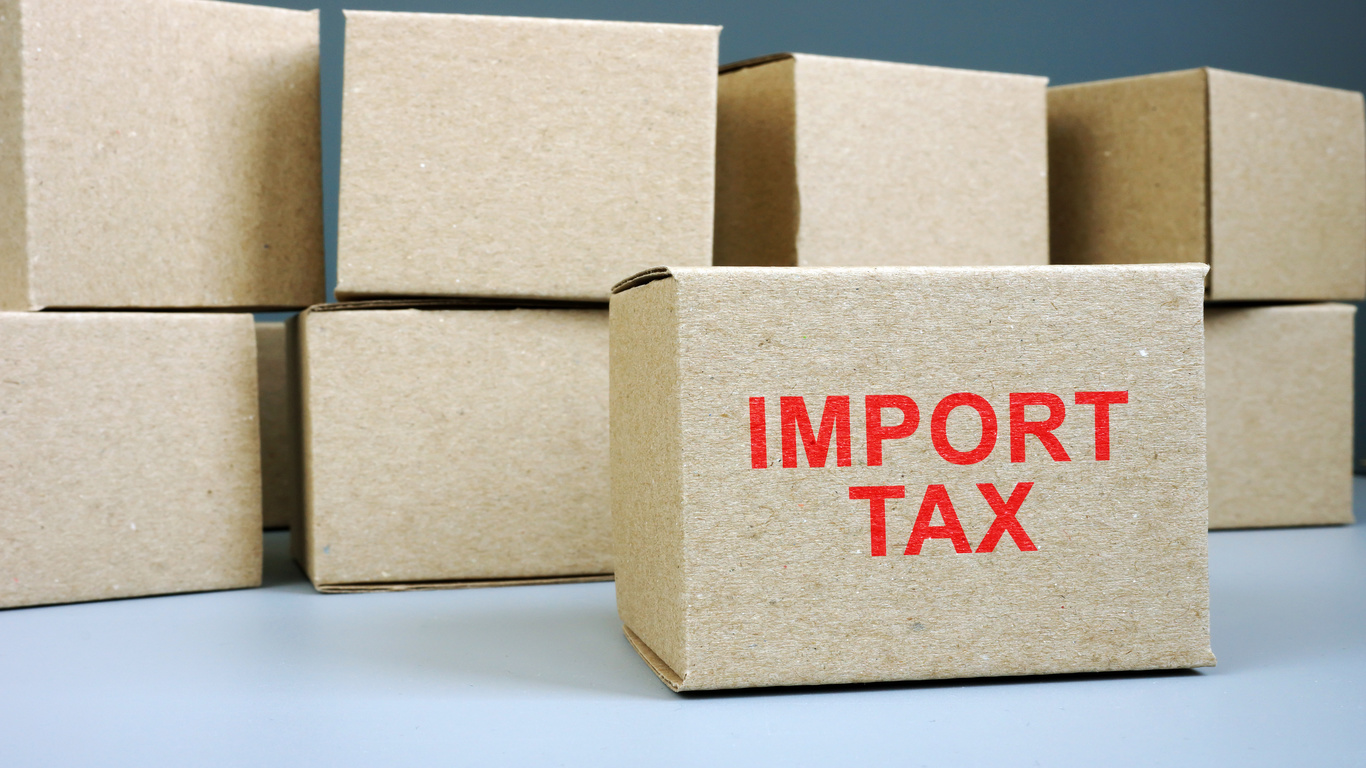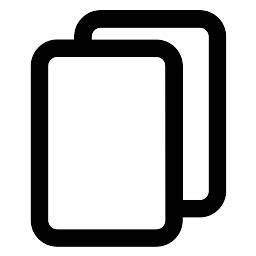FTA Tariff Tool FAQ
The FTA Tariff Tool includes tariff and rules of origin information for USMCA. The United States, Mexico, and Canada updated the North American Free Trade Agreement (NAFTA) to create USMCA, which entered into force on July 1, 2020.
The FTA Tariff Tool includes tariff and rules of origin information for the products covered by the U.S.-Japan Trade Agreement, which entered into force on January 1, 2020. The U.S.-Japan Trade Agreement provides for limited tariff reductions and quota expansions to improve market access between Japan and the United States.
Two U.S. free trade agreements have been excluded from this database because all tariffs on industrial goods have been eliminated under these agreements as of 2010. The two agreements are:
- The U.S.-Israel FTA
- The U.S.-Jordan FTA
CAFTA-DR entered into force for four Central American countries (El Salvador, Guatemala, Honduras, and Nicaragua) in 2006. However, the FTA did not enter into force for the Dominican Republic until March 1, 2007 and for Costa Rica until January 1, 2009. Under the terms of the agreement, the tariff reductions implemented by those countries were “caught up” as if they entered into force in 2006. This database reflects that.
More information on each of the trade agreements featured in the FTA Tariff Tool can be obtained from the International Trade Administration or the Office of the U.S. Trade Representative.
Differing Tariff Nomenclature and HS Codes
The tariff information contained in this database includes the tariff nomenclature of the United States and its FTA partners at the time the individual agreements were negotiated. The tariff nomenclatures often contain technical descriptions of products rather than the more commonly known descriptions. For example, “cars” or “automobiles” are referred to as “motor vehicles” in the tariff schedules. Likewise, “computers” are referred to as “automatic data processing machines” in the tariff schedules. Furthermore, for some FTA partner countries, the nomenclature is in the official language of the partner country (French or Spanish).
Likewise, the tariff information contained in this database includes the Harmonized System (HS) codes (also referred to as tariff codes) of the United States and its FTA partners at the time the individual agreements were negotiated. Globally, countries harmonize their tariff schedules to the first six digits of the HS code. Beyond the first six digits, countries are permitted to assign codes in the manner they see fit. For this reason, often the code assigned by the United States for a particular product is not exactly the same as the code assigned by an FTA partner.
If you are importing goods from an FTA partner into the United States:
For importers, the U.S. International Trade Commission’s HTS Online Reference Tool is a useful tool for helping to determine the U.S. HS code classification of your product. It contains many general keywords and links them to the more technical tariff nomenclature descriptions. The U.S. Census Bureau’s Schedule B Search Engine cross-references everyday terms to six-digit HS codes and is another useful tool for determining where your product fits into the tariff nomenclature, along with phone support if the database does not work.
Please note: The database does not account for recent changes or updates to U.S. tariff nomenclatures. Though, the U.S. International Trade Commission maintains the most up-to-date information on the U.S. Harmonized Tariff Schedule, U.S. Customs and Border Protection ultimately determines the tariff classification for U.S. imports.
If you are exporting goods from the United States to an FTA partner:
If you are exporting, you will need to know the HS code for your product. The U.S. Census Bureau’s Schedule B Search Engine is a useful tool for determining where your product fits into the tariff nomenclature. While the Schedule B number for your product may not be identical to the HS code in the FTA partner country, exporters can use them to help approximate the HS code. The CustomsInfo Database is also a useful tool for determining the FTA partner’s HS code for your product.
Please note, the ultimate classification of your good will be determined by the customs authority of the importing country. For up-to-date information on FTA partners’ tariff schedules, consult the customs authorities of the FTA partner.
The United States has negotiated and implemented its free trade agreements over many years. Because of this, the tariff on a good imported under the U.S.-Peru agreement (implemented in 2009) might be different from the tariff applied on the same good if was imported under the U.S.-Australia agreement (2005).
The database contains the official tariff schedules negotiated under the various U.S. FTAs. For some countries, the schedules are in English. For others, the schedules are in French (Morocco) Spanish (the CAFTA-DR countries and Peru).
During the course of free trade agreement negotiations, goods are sorted into various staging “baskets.” These baskets determine the amount of time it takes for the products within the basket to go duty-free under the agreement. For example, all goods in the 10-Year basket will become duty-free ten years after the FTA enters into force.
Typically, under an FTA, tariffs on goods are reduced in equal installments (i.e., in a linear manner) over the designated period. Non-linear tariff reductions, on the other hand, take place at an uneven rate throughout the designated period. For example, a non-linear tariff elimination schedule may involve little or no tariff reductions in the initial years followed by larger cuts in the later years.
Under a U.S. FTA, when a tariff is eliminated it will generally not increase unless there is a change in circumstances.
If you are importing goods from an FTA partner into the United States:
The U.S. Customs and Border Protection provides a sample certificate of origin template in a PDF format that can be used to claim preferential tariff treatment when importing into the United States.
If you are exporting goods from the United States to an FTA partner:
Not all U.S. FTA agreements require specific forms to claim origin. Most of our FTA partners can accept statements that include specified data elements that explain how the product qualifies for the agreement. However, the importer may ask you to use a specific format. The ultimate tariff treatment of your good will be determined by the customs authority of the importing country. For up-to-date information on FTA partners’ certificate of origin requirements, consult the customs authorities of the FTA partner.
Learn more about certificates of origin or visit the Free Trade Agreements Help Center for more information on certifying origin.
The International Trade Administration provides various government services that help U.S. businesses resolve common trade problems. Please see the International Trade Administration’s “Get Help with Trade Problems” website for more information.
The U.S. Commercial Service supports U.S. businesses through its global network of offices. The U.S. Commercial Service achieves this by providing world-class market research, sponsoring trade events that promote your U.S. products or service to qualified buyers, providing introductions to qualified buyers and distributors, and counseling exporters through every step of the export process.
For more information about how the U.S. Commercial Service’s worldwide network can help exporter learn about new markets, call 1-800-USA-TRAD(E) (1-800-872-8723) or contact your local Export Assistance Centers.
If you have any questions or comments about the FTA Tariff Tool or importing/exporting between the U.S. and a U.S. FTA partner, please contact FTATariffTool@trade.gov.

